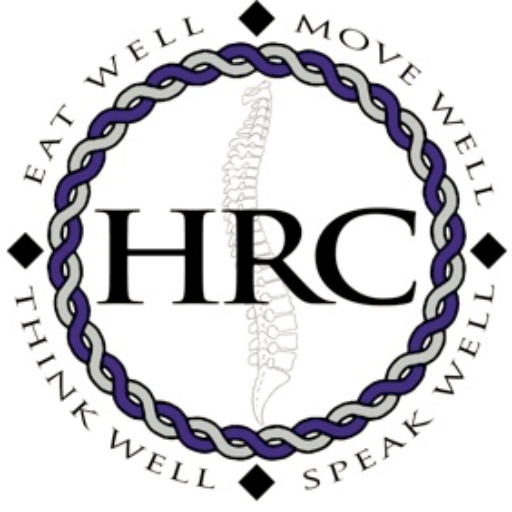Treating Joint Pain through Extremity Adjustments

You know your chiropractor can adjust your spine and neck. But did you know he or she can also adjust extremities? Extremities are any joint outside of the spine including shoulders, elbows, wrist, hands, hips, knees, ankles, feet, and even your jaw.
You know that song you sang as a kid? The one describing how all your bones fit together? “The knee bone’s connected to the thigh bone! The thigh bone’s connected to the hip bone!”
That may give you some idea of how all of our bones and joints affect one another, and why getting your joints adjusted can be so useful to your overall physical health.
For example, let’s say you hurt your big toe and can’t extend it. To adjust to how your big toe is feeling, you start to walk more on the inside part of your foot, causing rotation in your lower leg. This rotation puts pressure on the inside of your knee and also forces your hip to swing the leg out to the side so your foot doesn’t drag on the ground.
In other words, when your joints are moving improperly, issues can work up and down the kinetic chain, causing spine or other joint problems or pain.
Just like in the spine, when a joint is not moving correctly, the muscles that operate the joint have to work harder causing more stress and irritation on the nerves and muscle. This stress and irritation can then lead to aches and strains and, if untreated, eventually degeneration of the joint leading to arthritis. Chiropractic care can realign the joint to relieve this irritation, allowing your joint to move as it is meant to and preventing degeneration.
Additionally, while sometimes an injury to an extremity can cause issues in the spine and other joints, it can also work the other way around. Sometimes pain in an extremity can be caused by dysfunction in the spine. The nerves that lead to your arms and legs all start at the spine, so issues with the spine can cause symptoms in your extremities. In this situation, adjustments along your spine can relieve pain in other joints and extremities.
So what types of joint issues can your chiropractor help with? For starters, extremity adjustments can help with issues such as frozen shoulder, carpal tunnel, tennis or golfers elbow, knee pain, sprained ankles, plantar fasciitis, and more.
Through extremity adjustments when needed, along with regular chiropractic care, you can keep your joints healthy and functioning at their best.
If you’re feeling acute pain, you may also want to consider dry needling - learn more about how dry needling can complement your chiropractic care here.
